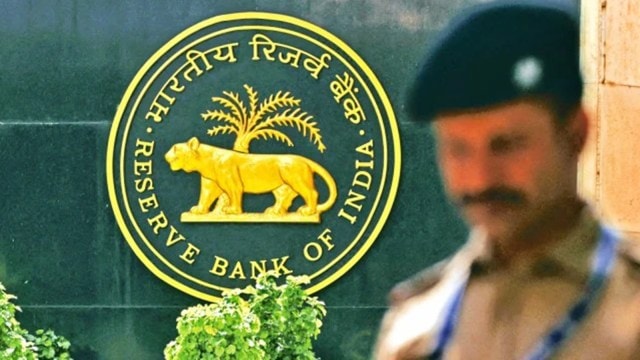The Reserve Bank of India (RBI) aims to liberalize the capital account to facilitate smoother inflow and outflow of capital across borders.
Rupee Globalization
The RBI seeks to globalize the Indian rupee, positioning it as a currency of choice in international trade and investment.
Digital Payment Revolution
Efforts are being made to push for a cashless economy through the widespread adoption of digital payment systems, with initiatives such as Unified Payments Interface (UPI) gaining traction.
Governor’s Emphasis
The Governor of the RBI highlighted the pivotal role of these initiatives in shaping India’s economic future and emphasized the need for concerted efforts from all stakeholders.
Multiple Choice Questions (MCQs):
- What is the primary aim of the RBI’s strategic roadmap?
- A) Enhancing agricultural productivity
- B) Strengthening India’s financial ecosystem
- C) Promoting tourism
- D) Improving healthcare facilities
- Answer: B) Strengthening India’s financial ecosystem
- What does the RBI intend to achieve through capital account liberalization?
- A) Encouraging inflation
- B) Restricting foreign investment
- C) Facilitating smoother capital flow across borders
- D) Limiting the growth of the financial sector
- Answer: C) Facilitating smoother capital flow across borders
- How does the RBI plan to globalize the Indian rupee?
- A) By reducing its value
- B) By making it less accessible in international markets
- C) By enhancing its convertibility and liquidity in global markets
- D) By pegging it to another currency
- Answer: C) By enhancing its convertibility and liquidity in global markets
- Which initiative is at the forefront of the RBI’s push for a cashless economy?
- A) Goods and Services Tax (GST)
- B) Unified Payments Interface (UPI)
- C) Foreign Direct Investment (FDI)
- D) Public Distribution System (PDS)
- Answer: B) Unified Payments Interface (UPI)
- Who does the Governor of the RBI emphasize needs to collaborate to realize the vision of a modern financial system?
- A) Only policymakers
- B) Only financial institutions
- C) Only technology providers
- D) All stakeholders including financial institutions, policymakers, and technology providers
- Answer: D) All stakeholders including financial institutions, policymakers, and technology providers
